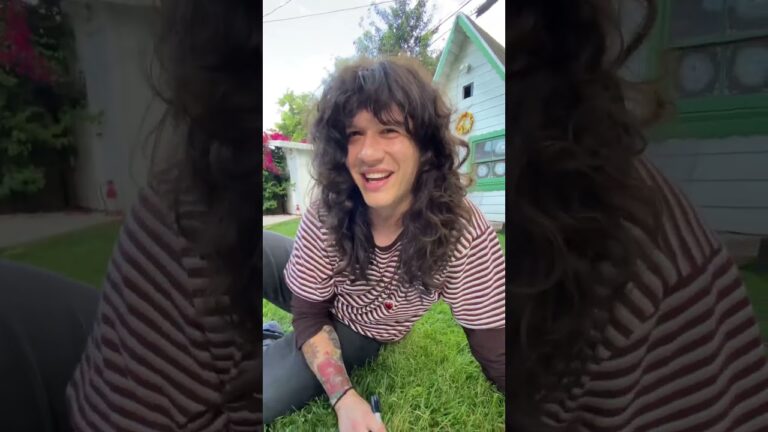[ad_1]
Okay, here’s how to draw a duck, broken down into simple steps:
1. Basic Shapes and Proportions:
-
Body: Start with a large oval or rounded rectangle for the duck’s body. This is the main form. Slightly tilt it upwards toward where the head will be.
-
Head: Draw a smaller circle or oval for the head, positioned towards the front of the body, slightly above the horizontal centerline of the body oval. The size of the head oval compared to the body oval determines the duck’s proportions (make the head smaller for a more realistic look).
-
Neck: Connect the head to the body with two gently curving lines. The neck shouldn’t be perfectly straight; a slight curve makes it look more natural. The base of the neck where it joins the body is usually thicker than where it joins the head.
- Tail: Add a small, slightly pointed triangle or fan shape to the rear end of the body. This represents the tail feathers.
2. Defining the Head and Bill:
-
Bill: At the front of the head oval, draw a long, flat bill shape. It’s essentially a rounded rectangle with a slight curve. The top and bottom parts of the bill should be roughly parallel. You can add a slight curve upwards for a smiling effect or keep it straight for a more serious expression. The bill should be approximately the same length as the head.
-
Eye: Place a small circle for the eye slightly above and behind the base of the bill. Add a smaller, darker circle or oval inside the eye for the pupil. You can add a tiny white highlight to the pupil to give the duck a sense of life.
- Head Details (Optional): You can add a small crest or tuft of feathers on top of the head for certain duck species.
3. Adding the Wings and Legs:
-
Wings: Draw a long, curved shape along the side of the body to represent the wing. It usually starts near the top of the body and extends downwards towards the tail. The wing’s trailing edge can have some slight curves or feather-like details. The tip of the wing can either point downwards or slightly upwards.
- Legs/Feet: Draw short, slightly angled lines extending downwards from the bottom of the body for the legs. The legs are positioned towards the center of the body, not at the very front or back. At the end of each leg, draw the webbed feet. The feet can be simplified as triangular shapes with indentations between the "toes." You can show the duck standing on the ground or floating on water. If floating, hide the legs a little.
4. Refining the Outline and Adding Details:
-
Smooth Lines: Go over the initial sketch lines and smooth out the outline of the duck. Erase any unnecessary guidelines.
-
Feathers: Add subtle feather details by drawing short, curved lines following the direction of the feathers on the body and wings. Don’t overdo it; a few well-placed lines are enough. Emphasize the wing feathers.
-
Shadows and Highlights: Add shading to give the duck dimension. Darken areas underneath the body, around the neck, and on the underside of the wings. Leave some areas lighter to create highlights. Pay attention to where the light source is coming from.
- Bill Details: Add a line to separate the top and bottom parts of the bill. You can also add a small nostril near the base of the bill.
5. Optional additions:
- Water: If drawing the duck in water, add wavy lines around the base of the body to represent the water’s surface.
- Environment: Add some background elements like grass, reeds, or other birds to create a more complete scene.
- Color: If desired, color your duck with pencils, markers, or paint. Consider the colors of different duck species when choosing your palette. Mallards, for example, have distinctive green heads (on the males).
Tips for Success:
- Start Lightly: Use light pencil strokes for the initial sketch so you can easily erase and adjust as needed.
- Observe References: Look at real pictures of ducks or other reference material to understand their anatomy and proportions.
- Practice: The more you practice, the better you will become at drawing ducks.
- Simplify: Don’t get bogged down in details. Focus on capturing the essence of the duck’s shape and form.
- Have Fun: Drawing should be enjoyable! Don’t be afraid to experiment and develop your own style.
[ad_2]

